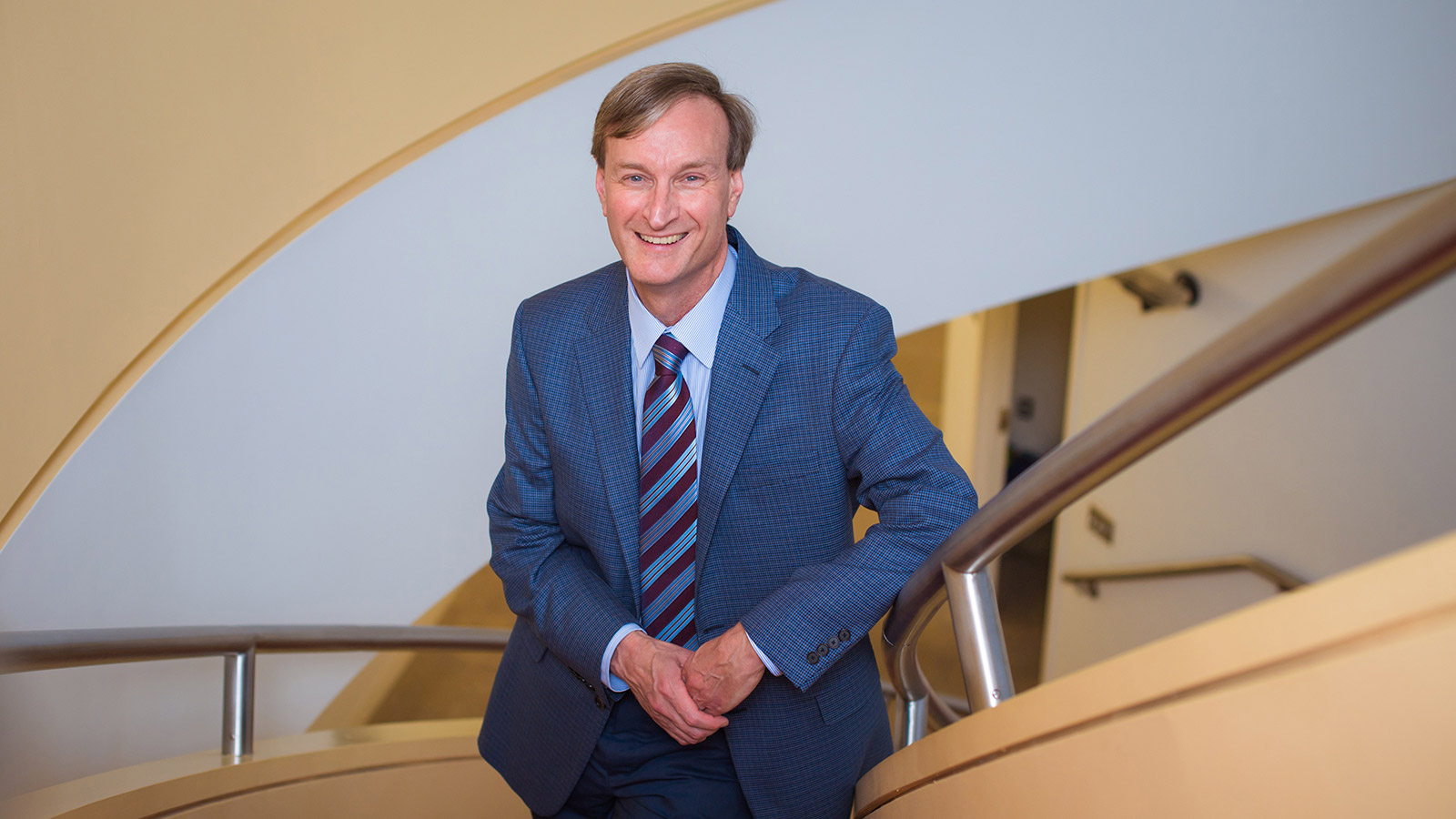Education
- MD, 1984, Harvard Medical School
- BS, 1978, Chemistry, Swarthmore College
Research Summary
We seek to understand the genetic differences between males and females — both within and beyond the reproductive tract. We study the medical ramifications of these differences in a broad context, through comparative biological, evolutionary, developmental and clinically focused analyses. Our three main veins of research relate to sex differences in health and disease, sex chromosome genomics, and germ cell origins and development.Awards
- American Academy of Arts and Sciences, Fellow, 2012
- March of Dimes, Developmental Biology, 2011
- National Academy of Medicine, Member, 2008
- National Academy of Sciences, Member, 2005
- Howard Hughes Medical Institute, HHMI Investigator, 1990
- MacArthur Foundation, MacArthur Fellowship, 1986
Key Publications
- Quantitative analysis of Y-Chromosome gene expression across 36 human tissues. Godfrey, AK, Naqvi, S, Chmátal, L, Chick, JM, Mitchell, RN, Gygi, SP, Skaletsky, H, Page, DC. 2020. Genome Res 30, 860-873.
doi: 10.1101/gr.261248.120PMID:32461223 - Mammalian germ cells are determined after PGC colonization of the nascent gonad. Nicholls, PK, Schorle, H, Naqvi, S, Hu, YC, Fan, Y, Carmell, MA, Dobrinski, I, Watson, AL, Carlson, DF, Fahrenkrug, SC et al.. 2019. Proc Natl Acad Sci U S A 116, 25677-25687.
doi: 10.1073/pnas.1910733116PMID:31754036 - Conservation, acquisition, and functional impact of sex-biased gene expression in mammals. Naqvi, S, Godfrey, AK, Hughes, JF, Goodheart, ML, Mitchell, RN, Page, DC. 2019. Science 365, .
doi: 10.1126/science.aaw7317PMID:31320509 - Intergenerational epigenetic inheritance of cancer susceptibility in mammals. Lesch, BJ, Tothova, Z, Morgan, EA, Liao, Z, Bronson, RT, Ebert, BL, Page, DC. 2019. Elife 8, .
doi: 10.7554/eLife.39380PMID:30963999 - Mammalian Y chromosomes retain widely expressed dosage-sensitive regulators. Bellott, DW, Hughes, JF, Skaletsky, H, Brown, LG, Pyntikova, T, Cho, TJ, Koutseva, N, Zaghlul, S, Graves, T, Rock, S et al.. 2014. Nature 508, 494-9.
doi: 10.1038/nature13206PMID:24759411
Recent Publications
- The inactive X chromosome as a female protector in autism and beyond. Talukdar, M, Page, DC. 2025. Res Sq , .
doi: 10.21203/rs.3.rs-7539254/v1PMID:40964017 - The SHR/Akr Y chromosome reveals repeated turnover of the rat pseudoautosomal region. Bellott, DW, Skaletsky, H, Hughes, JF, Brown, LG, Pyntikova, T, Cho, TJ, Koutseva, N, Zaghlul, S, Kizghin, D, Mendoza, M et al.. 2025. bioRxiv , .
doi: 10.1101/2025.05.28.656580PMID:40501880 - Genes of the Fatty Acid Oxidation Pathway are Upregulated in Female as Compared to Male Cardiomyocytes. Talukdar, M, Chmátal, L, Mao, L, Reichart, D, Murashige, DS, Skaletsky, H, DeLaughter, DM, Arany, Z, Seidman, JG, Seidman, CE et al.. 2025. Circulation 151, 511-514.
doi: 10.1161/CIRCULATIONAHA.124.071973PMID:39960981 - Post-transcriptional cross- and auto-regulation buffer expression of the human RNA helicases DDX3X and DDX3Y. Rengarajan, S, Derks, J, Bellott, DW, Slavov, N, Page, DC. 2025. Genome Res 35, 20-30.
doi: 10.1101/gr.279707.124PMID:39794123 - Independent effects of testosterone, estradiol, and sex chromosomes on gene expression in immune cells of trans- and cisgender individuals. Harris, RM, Whitfield, T, Blanton, LV, Skaletsky, H, Blumen, K, Hyland, P, McDermott, E, Summers, K, Hughes, JF, Jackson, E et al.. 2024. bioRxiv , .
doi: 10.1101/2024.10.08.617275PMID:39416170 - Where is the boundary of the human pseudoautosomal region? Bellott, DW, Hughes, JF, Skaletsky, H, Owen, EC, Page, DC. 2024. Am J Hum Genet 111, 2530-2541.
doi: 10.1016/j.ajhg.2024.09.005PMID:39406244 - Stable and robust Xi and Y transcriptomes drive cell-type-specific autosomal and Xa responses in vivo and in vitro in four human cell types. Blanton, LV, San Roman, AK, Wood, G, Buscetta, A, Banks, N, Skaletsky, H, Godfrey, AK, Pham, TT, Hughes, JF, Brown, LG et al.. 2024. Cell Genom 4, 100628.
doi: 10.1016/j.xgen.2024.100628PMID:39111319 - Post-transcriptional cross- and auto-regulation buffer expression of the human RNA helicases DDX3X and DDX3Y. Rengarajan, S, Derks, J, Bellott, DW, Slavov, N, Page, DC. 2024. bioRxiv , .
doi: 10.1101/2024.07.08.602613PMID:39026797 - The inactive X chromosome drives sex differences in microglial inflammatory activity in human glioblastoma. Tharp, ME, Han, CZ, Talukdar, M, Balak, CD, Fitzpatrick, C, Connor, CO, Preissl, S, Buchanan, J, Nott, A, Escoubet, L et al.. 2025. bioRxiv , .
doi: 10.1101/2024.06.06.597433PMID:38895459 - The human Y and inactive X chromosomes similarly modulate autosomal gene expression. San Roman, AK, Skaletsky, H, Godfrey, AK, Bokil, NV, Teitz, L, Singh, I, Blanton, LV, Bellott, DW, Pyntikova, T, Lange, J et al.. 2024. Cell Genom 4, 100462.
doi: 10.1016/j.xgen.2023.100462PMID:38190107
Multimedia

